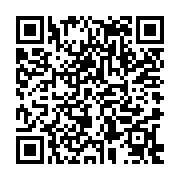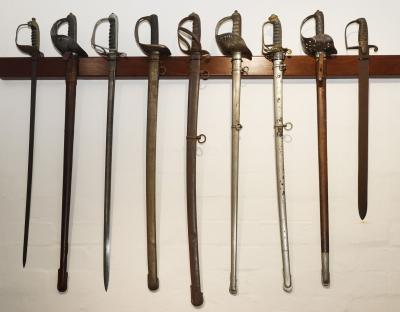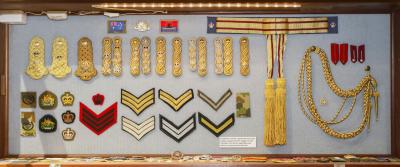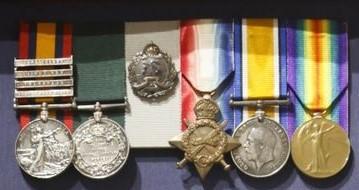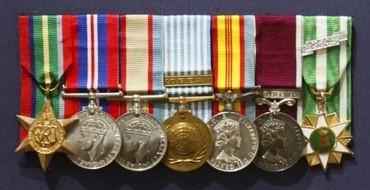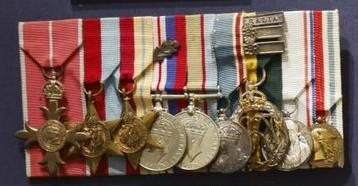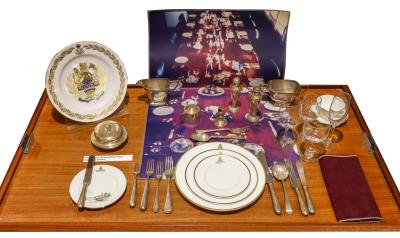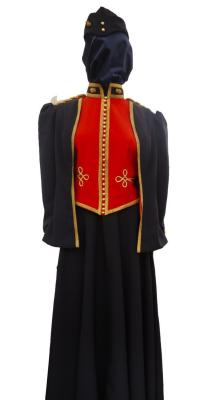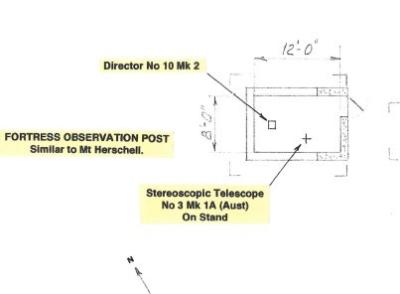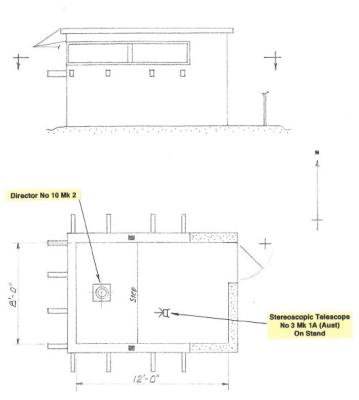World War 2, SRC536 Walkie Talkie, WX9450 MAIN, 2/28 Battalion,1944
The SCR-536 was a hand-held radio transceiver used by the US Army Signal Corps in World War II. It is popularly referred to as a walkie talkie, although it was originally designated a "handie talkie"
The SCR-536 is often considered the first of modern hand-held, self-contained, "handie talkie" transceivers (two-way radios). It was developed in 1940 by a team led by Don Mitchell, chief engineer for Galvin Manufacturing (now Motorola Solutions) and was the first true hand-held unit to see widespread use. By July 1941, it was in mass production By war’s end, 130,000 of the units had been manufactured by Motorola. The SCR-536 incocorporating the BC-611 transceiver was first seen by Australians during the New Guinea campaign.
Details
Details
The SCR-536 incorporated five vacuum tubes in a waterproof case. There was no external power switch on the SCR-536. The operator pulled out or pushed in the antenna on the top which operated an internal switch to turn the radio on or off. The power was supplied by a BA-37 1.5 volt dry battery for the filament supply and a 103.5 V BA-38 battery for plate supply. Battery life was about one day of normal use.
The SCR-536 weighed 2.3 kg with batteries and 1.75 kg without batteries. The unit operated in AM voice mode between 3.5 and 6.0 MHz frequency range on any one of 50 channels. Plug in crystals and coils were used to control the frequency of the receiver and transmitter. The antenna was a 40 inch (102 cm) telescoping rod that slid into the case. The SCR-536 had an RF output power of 360 milliwatts. The range of the unit varied with terrain; from about a hundred metres), to approximately 1.5 km .
This object is in the Communications Gallery commissioned by the Australian Army Museum of Western Australia as part of the Centenary commemorations of the Royal Australian Corps of Signals in the broader context of the evolution of communications technologies. Communication devices used by the Australian Army also are presented in their operational context throughout the Museum.
Australian Army Museum of Western Australia
Australian Army Museum of Western Australia
Other items from Australian Army Museum of Western Australia
- Evolution of Batteries
- Postmaster-General Telephony - Bell Box, 1920s
- Trophy of Arms - 19th Century Swords
- Uniform Accoutrements - Rank insignia
- World War 1 - Fullerphone Telegraph
- Medal Group - 2nd Anglo Boer War, World War 1, DENNISON
- Medal Group - World War 2, Korea, Vietnam, HUTCHINSON
- Medal Group, World War 2, Le SOUEF, 2/7 Field Ambulance
- Formal Place Setting - Regimental Mess Dinner or Dining In
- Ball Gown in Style of Artillery Mess Dress Uniform
- World War 2, Rottnest Island, Western Australia, Fortress Observation Post "Bare", Bare Hill Layout, 1943
- World War 2, Western Australia, Rottnest Island, Fortress Observation Post "Shell", Mount Herschel Layout, 1942
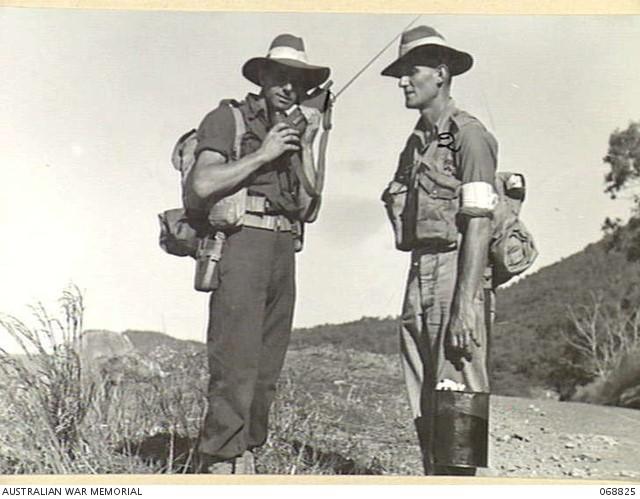
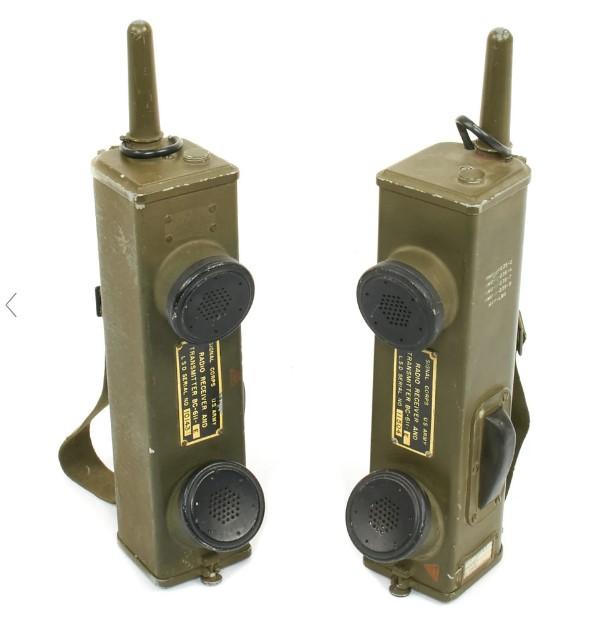
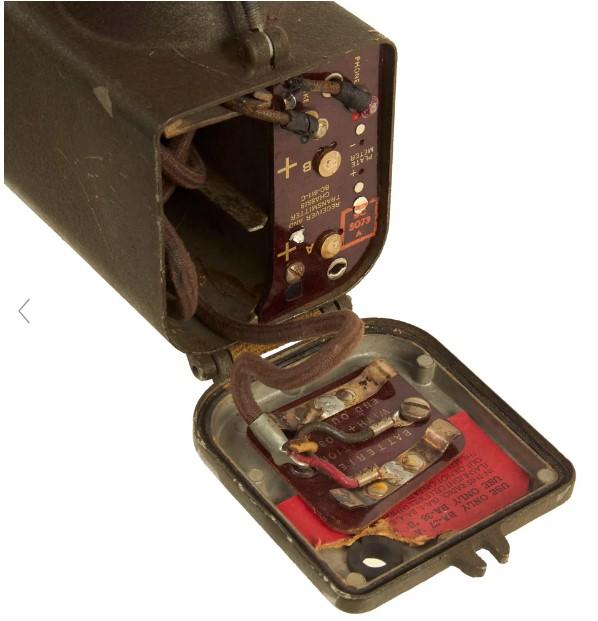
Scan this QR code to open this page on your phone ->
